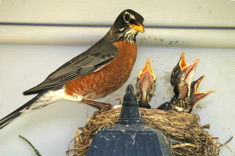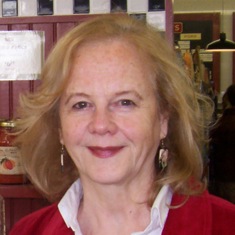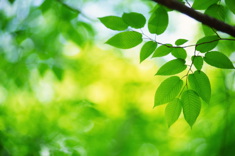The nest of my poem
is too loosely constructed
to hold much hope, all shreds
of thistledown and hay
on the verge of a ledge
under the drainpipe,
sunblasted shortly after noon,
whipped by the race of rain
through a scumble of late clouds.
Day after day, a motherflurry
of wings and the newborns, beaks
grub-woozy with expectation,
gape for a taste not altogether
alien. One bullies itself over the edge
to steady a divine trembling.
There is no royal flyway ahead.
How quickly its heart
is beating in me.
At the end of every summer, as Labor Day grew nearer, I used to muse about what my work would be for the coming school year. The subject matter, yes. But more than that. Perhaps feeling congenial from an infusion of sea breeze and sky, trees and stretched out afternoons, rearranged illusions of time, books, I wanted to think about creating a place where students would feel they were going to do work important to them. And I wanted them to feel that their work was theirs, not mine. That their work was noble, an important and necessary pursuit.
This meant that I would have to consider my own work. To create a larger vision for the daily bits and pieces. To build a continuum of practice that would add up to something, so that students would feel their work adding up. Some observations I made this summer gave me a metaphor for my own work.
I spent the month of July in a small hamlet in upstate New York. Part of the daily early morning ritual was to take a hot cup of tea, watercolor notebook and binoculars out back and sit in an Adirondack chair in the untamed perennial garden. Taking note.
One morning I became aware of a flurry of wings in the redbud tree, then a bird aiming for the barn ledge and back to alight in a number of trees on its circuitous journey. Tireless trips, diving, searching the grass, gliding tree to tree, grasping at the ledge, prodding, back again. Grabbing my binoculars, I could make out tiny heads bobbling in rather a disheveled nest, beaks wider than heads, vying for attention at every arrival of the mother.
The energy and purpose of the "parents" were astounding. Doing what they had to do, in all kinds of weather, day after day. The little ones, being attended to with great passion, thrived, and one by one stepped out onto the ledge and pushed off on their own. One morning, after a cracking summer storm, the nest hung soggy, unlivable. That work was done. The daily dedication of the adult birds gave way to a larger dream: to fly, to feed, to survive unassisted.
Writing a poem is like that. It starts with desire. Then bits and pieces: an image, a sentiment, a line that rings. These sit in a precarious place, open to all sorts of literary and emotional weather. The mother muses of that desire, of experience and poems past, sit on my shoulder and chatter…distracting, nourishing. Endless consideration. Finally, an idea, a shape, compatible sounds make their way to the edge and stand there, boldly. There's no guarantee, "no royal flyway." But a quickening of hope.
The seeds for Life On The Edge came to me in the joy of summer observation. The words came to me as I went about my work — work I value that nurtures and sustains me. I think of one of my favorite poets, Marge Piercy, and her poem that has inspired so many: To Be Of Use. The pitcher cries for water to carry / and a person for work that is real.
In the classroom our work is often wonderfully common, everyday, the daily bits and pieces. They are the things we have identified as necessary and important. We go about our tasks with great fervor. And there are always those wide-open hungry mouths (and eyes and ears) begging our attention.
But work that satisfies is work that has a shape, something larger, something we're moving toward. We must find and believe in our own work. In the outcome. Students must find and believe in theirs. We all need something to enable us to step out on that ledge at some point in a "divine trembling," and leap.






